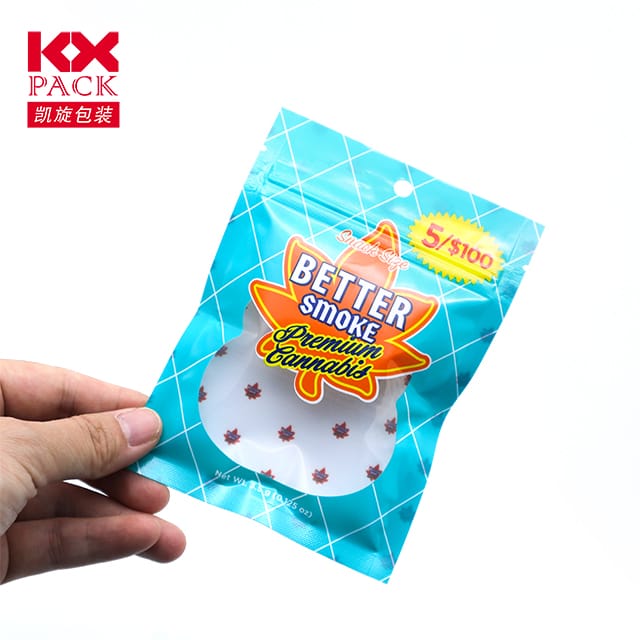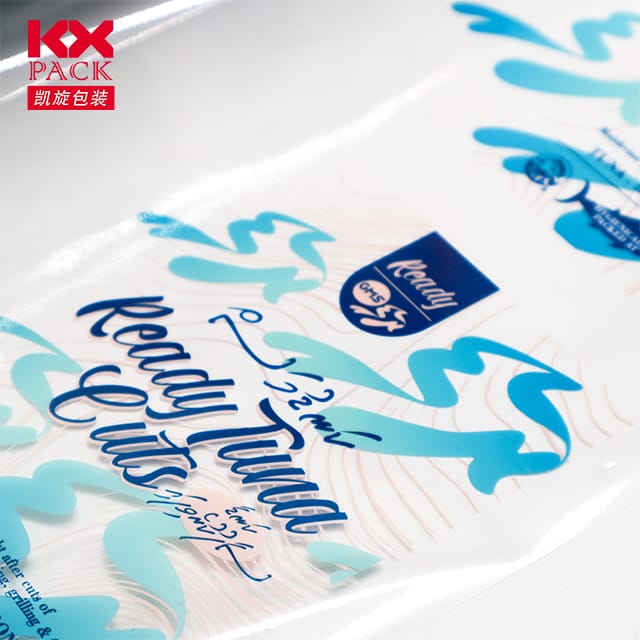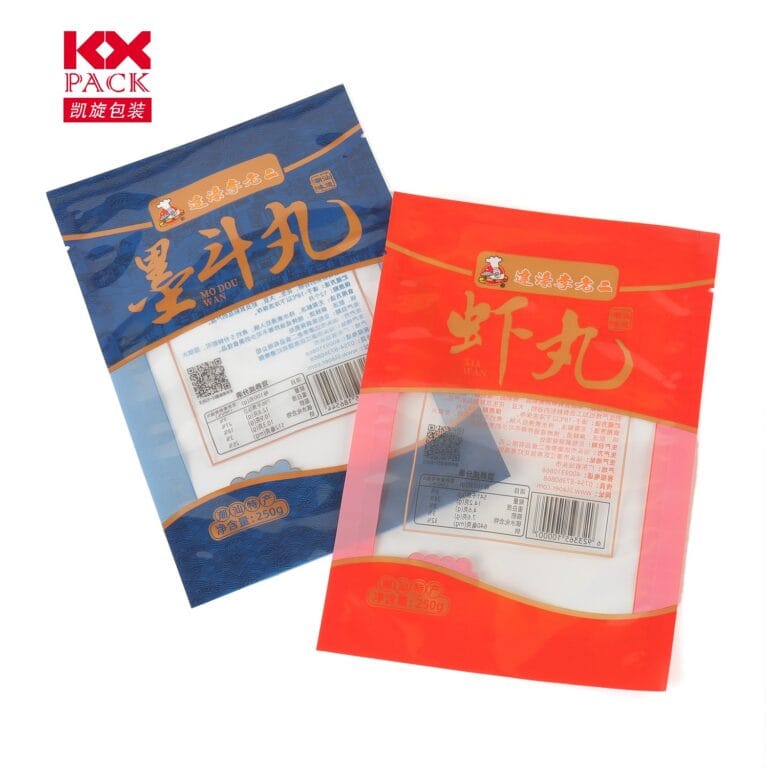Con dao hai lưỡi của màng nhựa trong bao bì thực phẩm: Thuận tiện vs. Bền vững
Phim nhựa
In supermarkets worldwide, màng nhựa bọc mọi thứ từ sản phẩm tươi sống đến bữa ăn nấu sẵn, đảm bảo độ tươi và kéo dài thời hạn sử dụng. Chưa, khi mối quan tâm về môi trường ngày càng gia tăng, những cái trong suốt này, vật liệu linh hoạt phải đối mặt với sự giám sát. Hãy cùng khám phá vai trò của màng nhựa trong bao bì thực phẩm, lợi ích của họ, nhược điểm, và những đổi mới định hình một tương lai xanh hơn.
1. Why Plastic Films Dominate Food Packaging
Plastic films—thin layers of polymers likepolyetylen (Thể dục), Polypropylen (PP), and polyvinyl chloride (PVC)—are ubiquitous for good reason:
- Preservation Power: They act as barriers against oxygen, độ ẩm, và các chất gây ô nhiễm, slowing spoilage. Ví dụ, modified atmosphere packaging (MAP) uses plastic films to regulate gas levels, keeping strawberries fresh for weeks.
- Hiệu quả chi phí: Producing plastic films is cheaper than alternatives like glass or metal, making them ideal for mass-market goods.
- Lightweight and Flexible: Their malleability allows custom shapes for snacks, Thịt, and cheeses, reducing material waste compared to rigid packaging.
- Transparency: Clear films let consumers inspect products without opening them, boosting trust and reducing food waste from damaged goods.
2. The Environmental Toll: A Crisis in the Making
Mặc dù lợi thế của họ, plastic films contribute significantly to global pollution:
- Single-Use Dominance: Over 80% of plastic films are used once and discarded, ending up in landfills or oceans. MỘT 2022 study found that plastic packaging accounts for 46% of global plastic waste, with films being a major culprit.
- Thử thách tái chế: Most films are non-recyclable due to contamination (VÍ DỤ., food residue) or mixed materials (VÍ DỤ., PE combined with adhesives). Only 4% of plastic films are recycled in the U.S., per the EPA.
- Microplastic Menace: Degraded films break into microplastics, infiltrating ecosystems and even human bodies. Research suggests the average person ingests 5 grams of microplastics weekly—equivalent to a credit card.
3. Innovations Redefining Plastic Films
The industry is pivoting toward sustainability through these breakthroughs:
- Biodegradable Alternatives:
- Polylactic acid (PLA): Derived from corn starch, PLA films decompose in industrial composters within 90 ngày. Brands like NatureWorks are using PLA for fresh salads and sandwiches.
- Cellulose-based Films: Made from plant fibers, these films are edible and home-compostable. Các công ty thích Kiểu offer compostable wraps for granola bars and coffee pods.
- Advanced Recycling Technologies:
- Tái chế hóa chất: Processes like pyrolysis break down mixed plastics into raw materials for new films. Nestlé and Danone are investing in this tech to recycle flexible packaging.
- Enzymatic Breakdown: Startups like Carbios use enzymes to depolymerize PET films into reusable monomers, closing the loop.
- Smart Films for Extended Shelf Life:
- Bao bì hoạt động: Films infused with oxygen scavengers hoặc antimicrobial agents (VÍ DỤ., silver nanoparticles) can double the lifespan of perishables like meat and cheese.
- Edible Coatings: Thin layers of chitosan (from shellfish) hoặc beeswax create breathable barriers, reducing reliance on synthetic plastics.
4. Con đường phía trước: Balancing Practicality and Planet
While innovations are promising, systemic changes are needed:
- Policy Push: Governments must enforce extended producer responsibility (EPR) laws, requiring brands to fund recycling infrastructure. The EU’s Single-Use Plastics Directive bans non-compostable films by 2030.
- Consumer Behavior Shifts: Educating shoppers to opt for reusable containers or bulk purchases can cut film use. Zero-waste stores, which allow customers to fill their own jars, are gaining traction.
- Industry Collaboration: Initiatives like the New Plastics Economy Global Commitment unite 500+ companies to eliminate problematic plastics and boost recycled content in films.
Phần kết luận: Rethinking the “Wrap” on Food Packaging
Plastic films are a testament to human ingenuity—protecting food, giảm chất thải, and enabling global food trade. Chưa, their environmental cost demands urgent action. Bằng cách sử dụng các vật liệu phân hủy sinh học, investing in recycling tech, and redesigning systems for circularity, we can preserve both convenience and the planet.
Next time you unwrap a snack, Hãy tự hỏi mình: Could this film be part of the solution, not the problem? Share your sustainable packaging hacks in the comments! 🌍🍴







